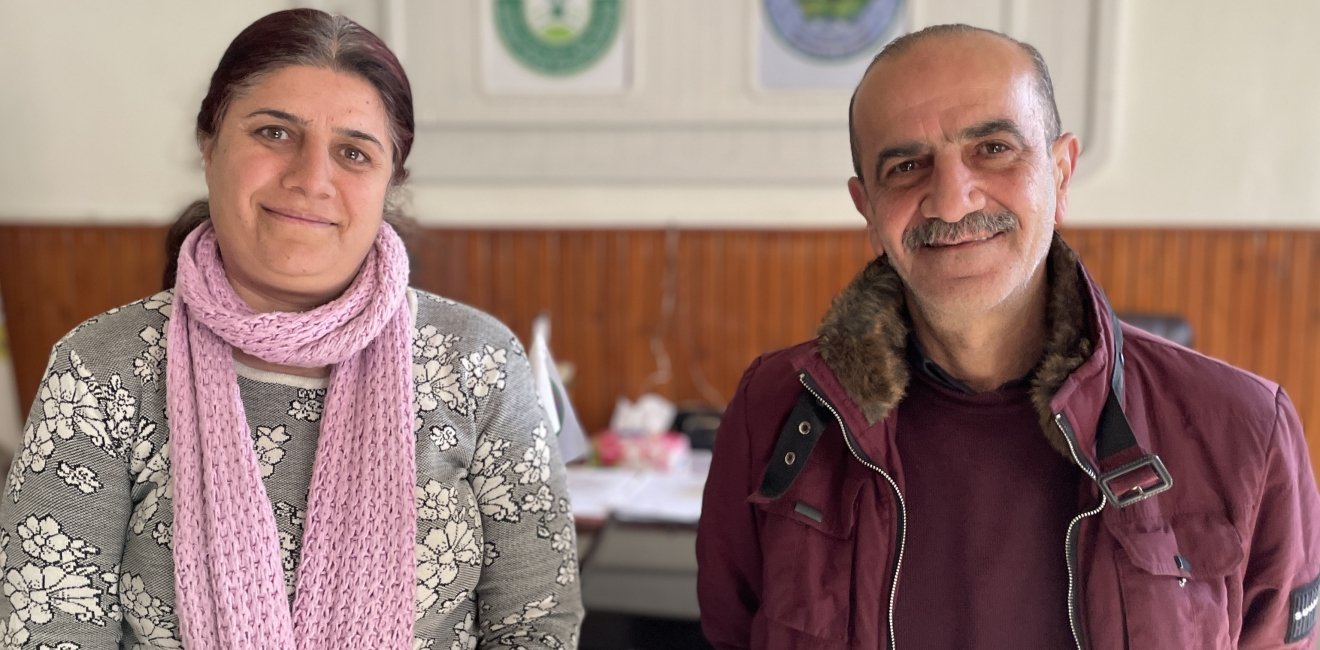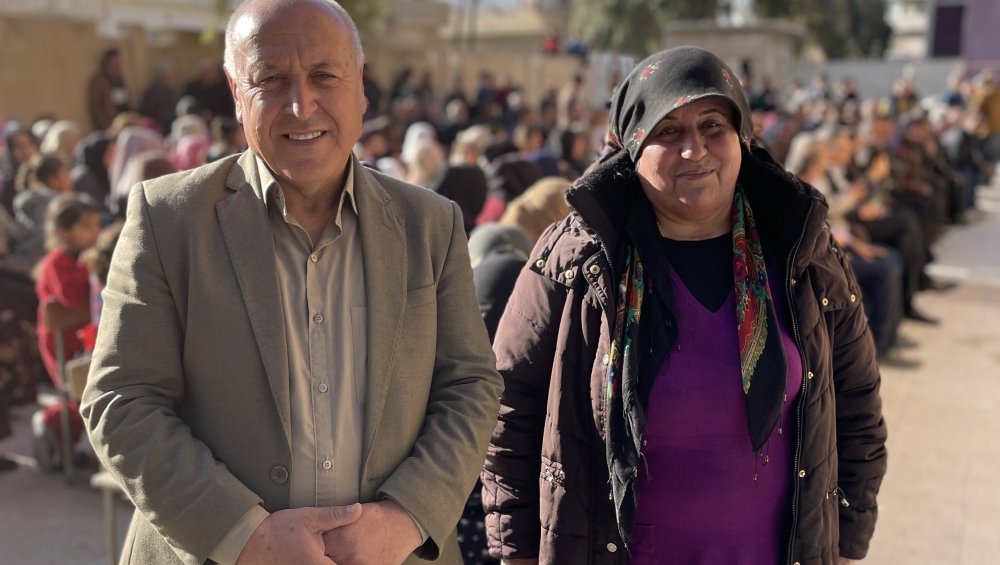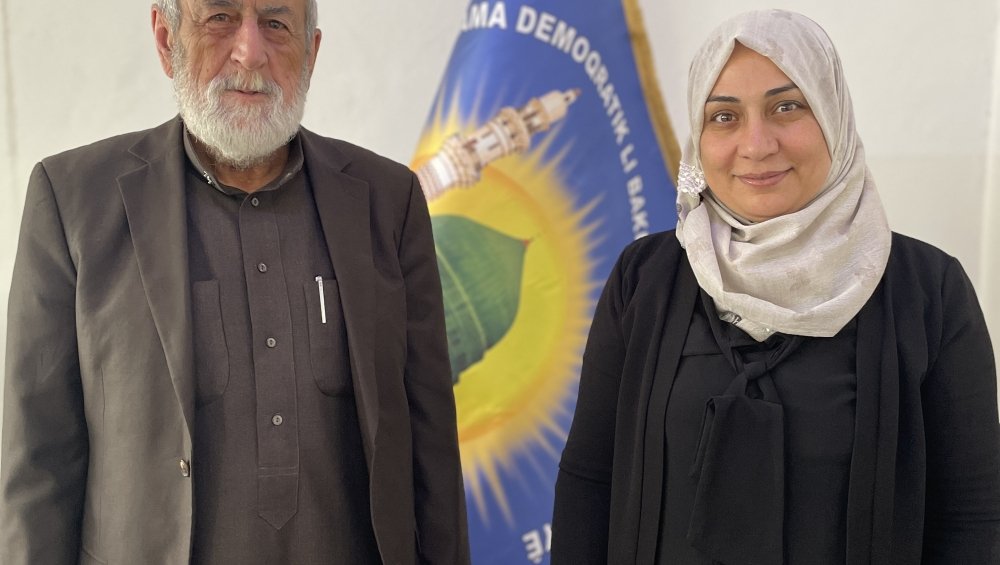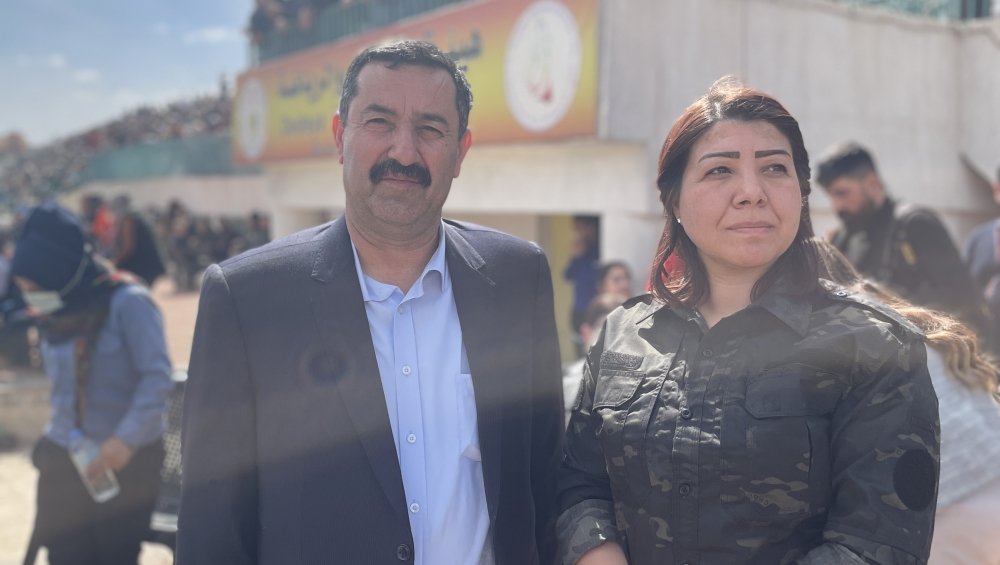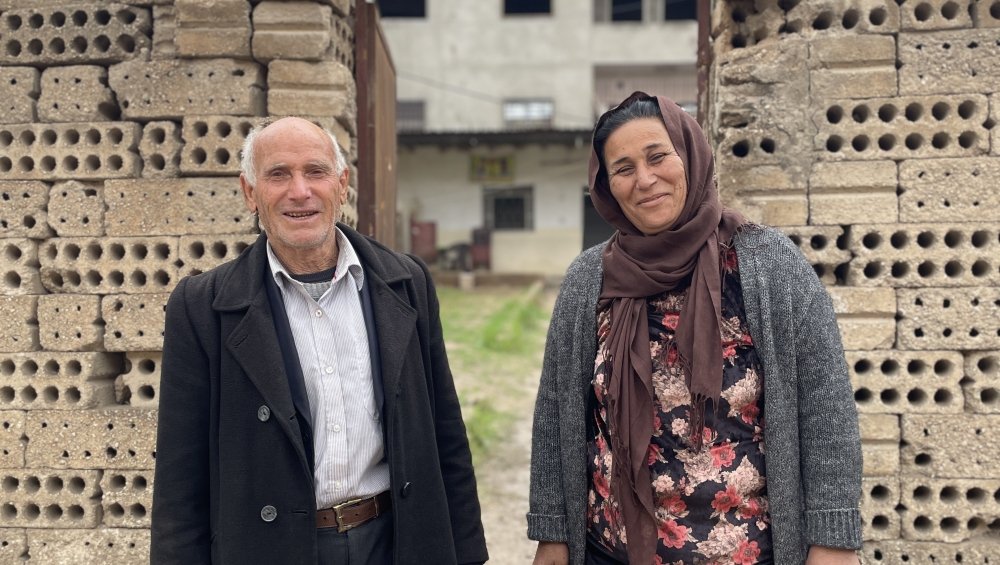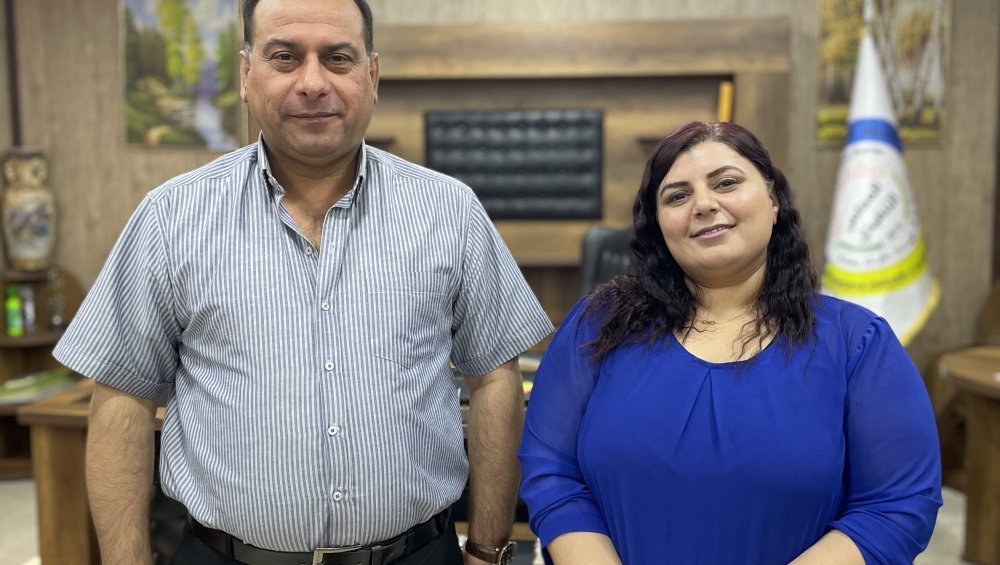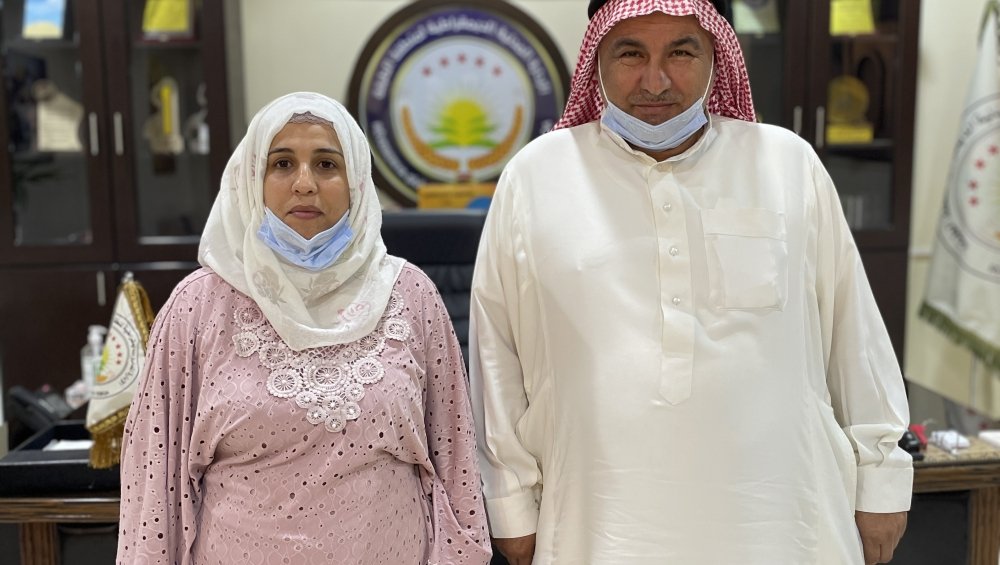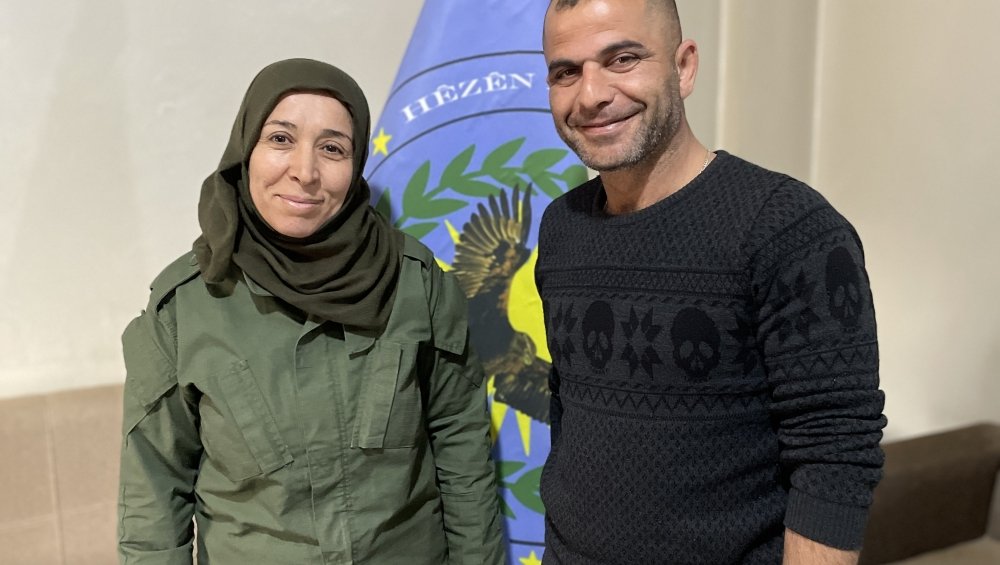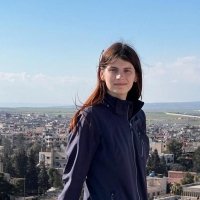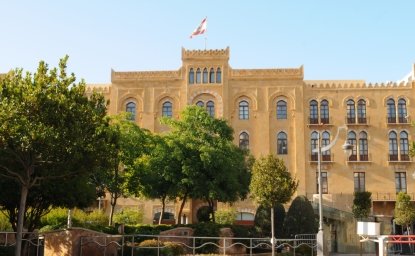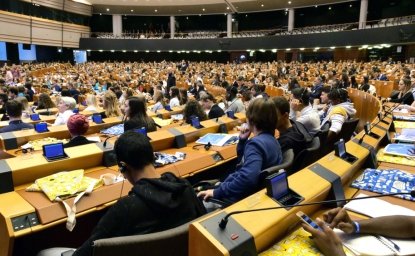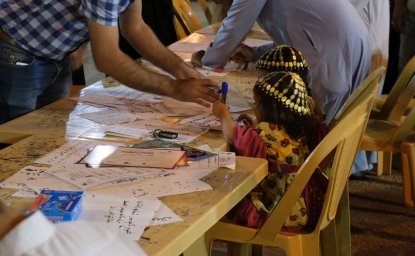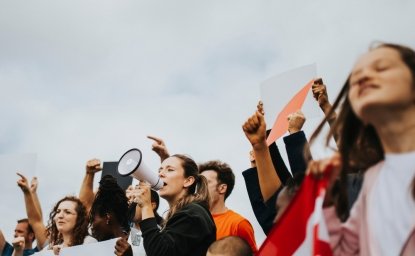Women’s leadership in practice
Women co-chairs believe that the system is broadly respected in practice, though there is still progress to be made. Thirty-five percent of women co-chairs said that their constituents treated them and their male co-chair completely equally, while an additional 26% said that their constituents treated them and their male co-chair somewhat or mostly equally.
Sixteen percent said that they were not treated equally by their constituents. Some of the inequalities mentioned by women co-chairs were traditional sexist attitudes. “No, it’s not equal because of the stereotype among people that men are intelligent and strong and that women are emotional with less physical power,” wrote Rojda* (53), a Kurdish woman leading a canton-level DAANES institution.
Other women cited rather untraditional disparities. Leyla* (40), the co-chair of a canton-level DAANES institution, indicated that constituents approached her and her male colleague equally some of the time. “Other times, they prefer talking to me, because I’m faster in solving their problems and getting things done,” she wrote.
Within DAANES institutions, women perceive more equal treatment. Sixty-eight percent of women co-chairs indicated that they believed men working in their institutions respected them as a leader. Forty-two percent said that they believed men working in their institutions treated them and their male co-chair completely equally. Thirty-two percent said that they believed men working in their institutions treated them and their male co-chair somewhat or mostly equally.
Nearly 90% of women co-chairs said that they learned about co-chairing from working in DAANES institutions or becoming a co-chair themselves. Most women believed that they were relatively well-informed about the structure and function of the co-chair system when they became a co-chair for the first time.
Aisha* (49), an Arab woman who is the co-chair of a DAANES-level institution, described how she learned about the co-chair system: “I started from the commune level until I reached the Autonomous Administration level. I worked in the commune, then the People's Council, then the Women’s Authority, and after that became co-chair of [my institution].”
Aisha has a ninth-grade education only. She indicated that she had eight years of political experience, including two years in her current position. “I used to work in the domain of organizing women through women’s meetings. I would focus on the co-chair system during the meetings and discussions, so I gained so much experience with it. After becoming a co-chair, I learned a lot about the administrative side from the other co-chair, and I became good at it,” she wrote.
DAANES institutions, women’s organizations, and political parties offer intensive education and training for their members, with specific courses reserved for women. These programs cover political philosophy, history, and other topics related to women’s struggle. However, only about one-third of women surveyed cited such trainings as the source of their knowledge about the co-chair system and only one-in-ten credited theoretical or ideological sources.
Jiyan* (45), a Kurdish woman, finished university and has 13 years of political experience. She is the co-chair of a local branch of a political party. She ranked herself as only somewhat knowledgeable about the co-chair system when she took on that role. “I was familiar with Democratic Nation [the political philosophy of the Kurdish movement], including the co-chair system, but only theoretically,” she wrote.
She became more knowledgeable in office. “When I was elected to be the co-chair of [my institution], I realized that theory is not like practical life. I worked very hard to play my role fully as a woman co-chair who wants to implement justice and democracy and wants to show women's will.”
Strengthening democratic practices
Research suggests that when more women hold political power, democracy is stronger. Women co-chairs’ understanding of their roles aligns with these findings. Fifty-one percent of respondents described participatory, collaborative, or anti-individualist leadership when we asked what they saw as the primary objective of the co-chair system. This was the most common objective identified, followed by objectives related to gender equality (32%) and women’s leadership and decision-making power (32%).
Maryam* (41), an Arab woman, finished high school and has seven years of political experience. She is the co-chair of a local branch of a political party. She wrote that “the goal [of the co-chair system] is enhancing gender equality by assuring women’s representation, diminishing authoritarianism, and enhancing transparency and broad participation to create more effective policies for the public interest.”
Maryam argued that this can be achieved by “following strategies, practical methodology, balance mechanisms, enhancing the participation of society, training and developing capabilities, and implementing the rules and policies of gender equality—for example, by women’s representation in decision-making processes.”
The co-chair system has made gender parity in leadership a reality in nearly one-third of Syria. Twelve years since the model was first implemented and eight years since it was institutionalized in the social contract, women co-chairs believe their political power is generally respected and seen as legitimate. They continue to fight against the inequalities and sexist attitudes that remain. Any discussion of the future of Syria will have to take into account the fact that these women will not want to lose everything that they have gained.
Real-world experience, not ideology, is most women’s first experience with co-chairing, despite the origins of the model in Kurdish political philosophy. Since women do not necessarily need to be Kurdish or ideologically aligned with the Kurdish movement to understand and benefit from co-chairing, then the case made by women in northeast Syria that this model could be applied in other parts of the country, or the wider region, is stronger.
To respond to women’s calls for more practical experience to prepare them for leadership, local Syrian and Kurdish civil society, as well as the international community, could work together to implement better capacity-building programs for new women leaders. This could also help consolidate the legitimacy of women’s leadership: women who noted that they were respected pointed out that their success and competence challenged negative attitudes towards women in power.
The path to a democratic future for Syria is long—a reality no woman co-chair in the DAANES would deny. Years of Baathist rule left Syrians without any practical understanding of democracy and participatory politics. Some aspects of the political culture of the Kurdish movement, well-suited for irregular warfare and covert politics, have not translated well to civilian governance in the DAANES. Political figures, activists, and civil society organizations in the region are critiquing the increasing centralization of DAANES institutions following the defeat of ISIS.
Co-chairing can be a place from which to address these deficiencies. The model requires men and women to work together, but more fundamentally, it requires two different people with different backgrounds and opinions to come to consensus and share power. Lessons learned from the co-chair system could help strengthen local democratic processes in the northeast and all of Syria.
*To protect survey respondents, their real names and the details of the offices they hold are not used.
Meghan Bodette is the director of research at the Kurdish Peace Institute.
Aras Yussef is a research associate at the Kurdish Peace Institute in Qamishlo.
The views represented in this piece are those of the author and do not express the official position of the Wilson Center.



